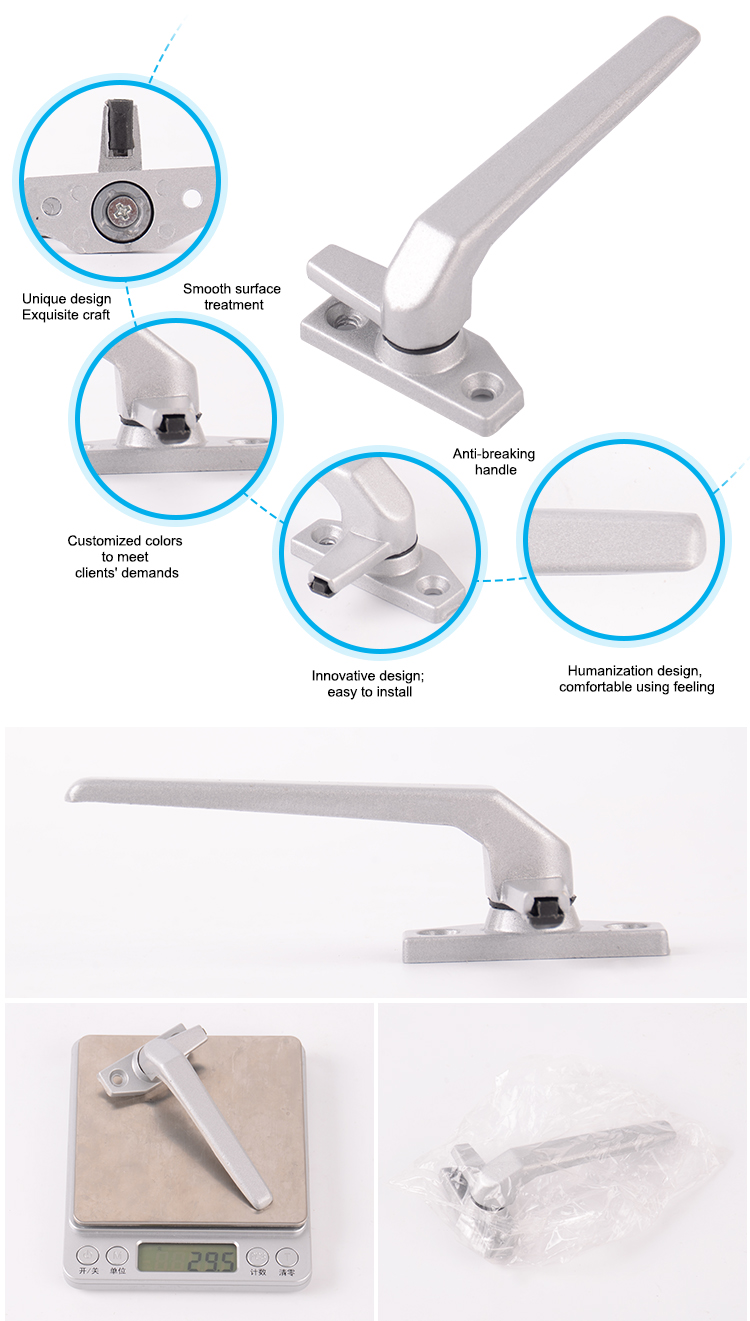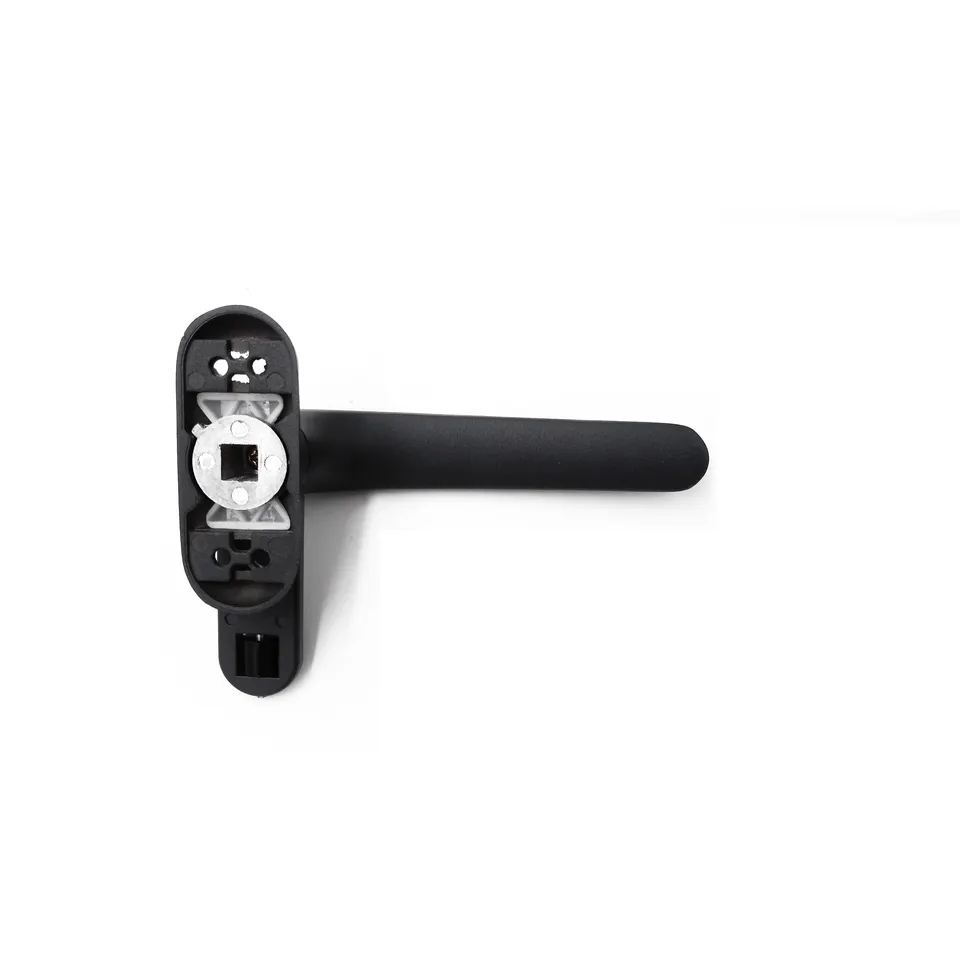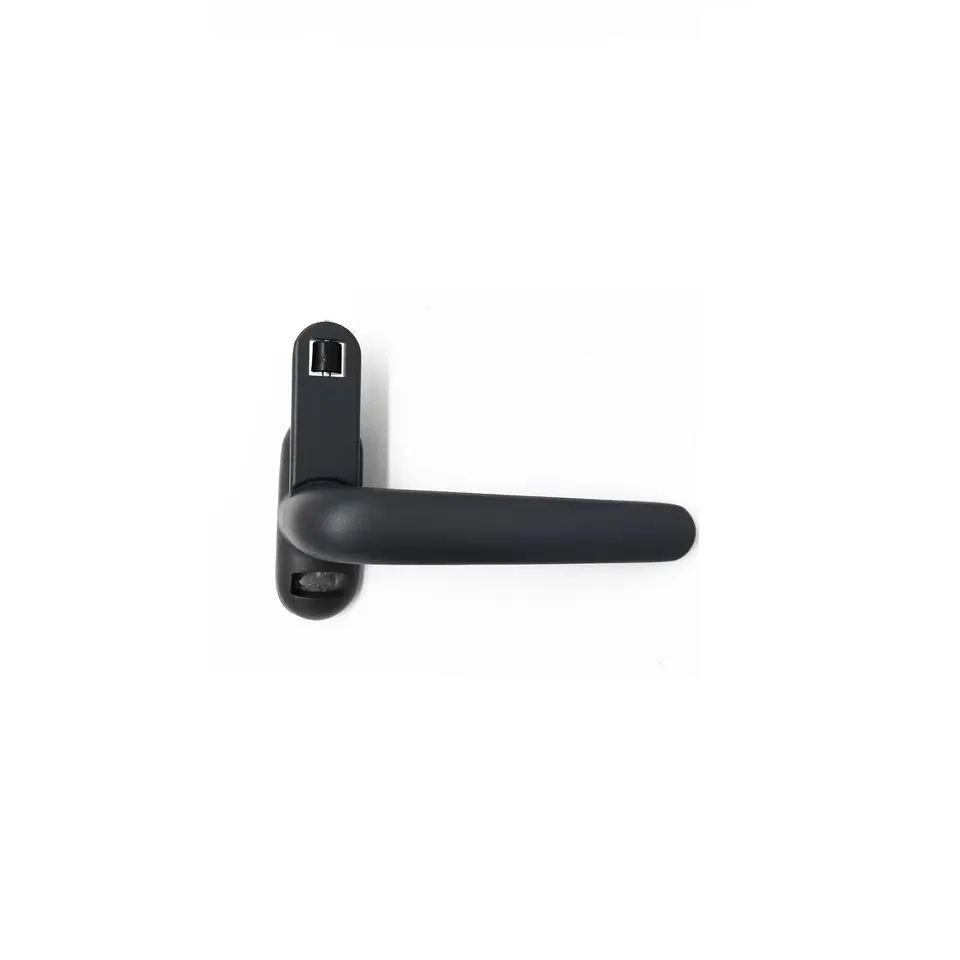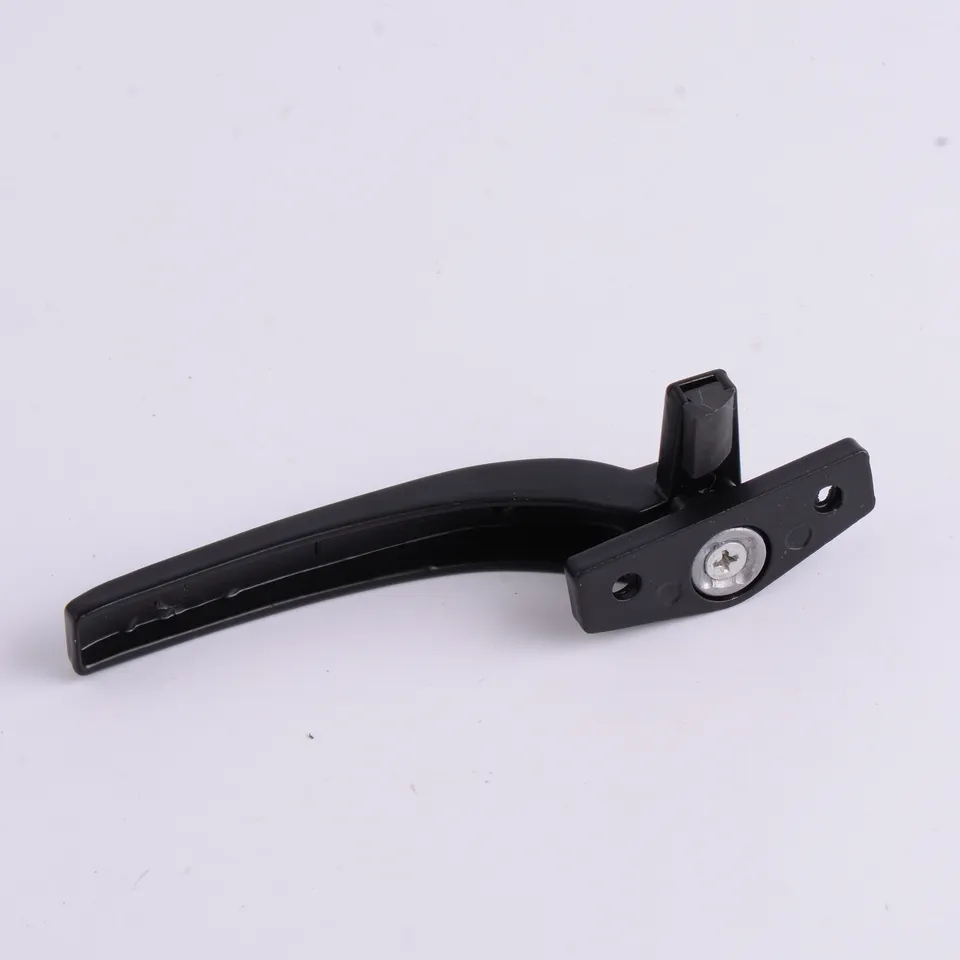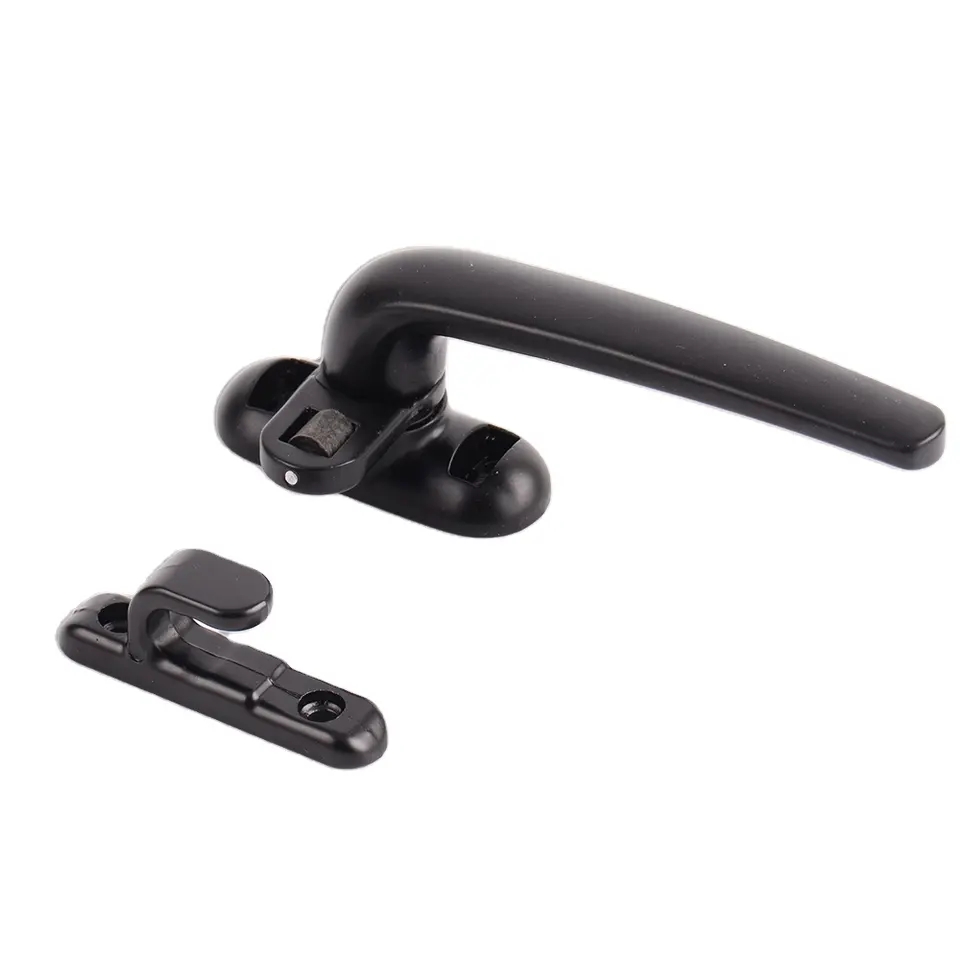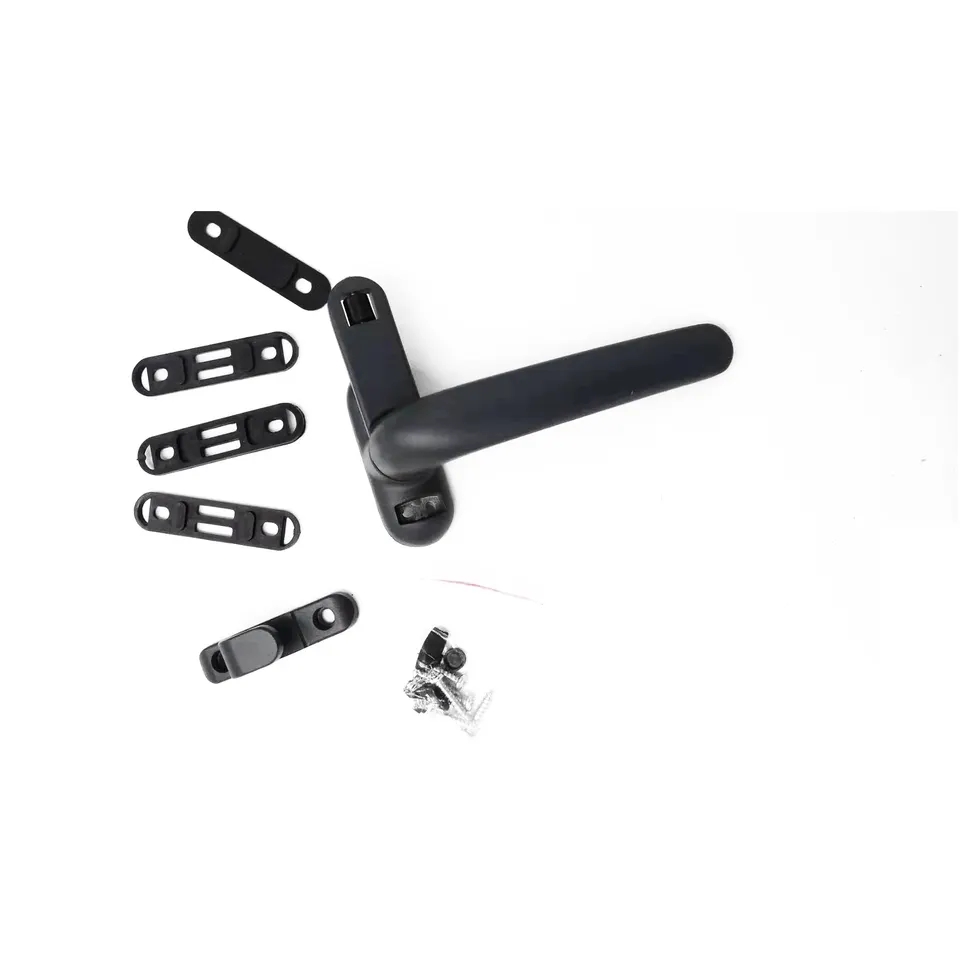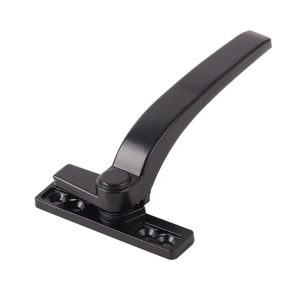Window Handles: The Fusion of Form, Function, and Architectural Elegance
Introduction
In the realm of architectural marvels, where creativity intertwines with practicality, window handles emerge as the unsung heroes that seamlessly blend utility with artistry. These unassuming components bear witness to the delicate dance between form and function within the architectural landscape. This article delves into the captivating world of window handles, exploring their dynamic roles, the interplay of materials and aesthetics, and the profound impact they have in shaping both the ambiance and the character of architectural spaces.
Discovering the Functional Artistry of Window Handles
Window handles stand at the threshold between interior havens and the external world. Their significance stretches beyond mere mechanics:
Effortless Engagement: Whether through the graceful motion of a lever or the precise rotation of a crank, window handles offer tactile connections that elevate the mundane act of opening a window into a refined experience.
Commanding Atmosphere: Modern window handles grant users control over natural light and ventilation, allowing them to orchestrate a harmonious indoor environment that promotes well-being.
Safety and Serenity: Integrated locking mechanisms provide occupants with a sense of security, fostering serenity in their living spaces and work environments.
Crafting Aesthetics: The Symphony of Design
Window handles are not just functional devices; they are intricate design elements that contribute to the visual narrative of architectural spaces:
Material Symphony: From the industrial charm of steel to the timeless allure of bronze, the choice of material adds depth and character to the handles, integrating them seamlessly into the architectural composition.
Architectural Harmony: Window handles can either blend subtly with the architectural motif or emerge as focal points, accentuating the cohesiveness of the space’s design narrative.
Finishing Flourish: The finish of a window handle, whether polished, brushed, or aged, imparts the final touch of finesse, creating a harmonious visual impression within the surroundings.
Navigating the Selection Process: A Delicate Balancing Act
Choosing the perfect window handles requires a meticulous approach:
Functionality and Form: Prioritize handles that align harmoniously with the operational demands of specific window types, ensuring a seamless synergy of design and utility.
Design Continuity: Consider the overarching design language of the space. The chosen handles should resonate with this language, contributing to the overall visual coherence.
Ergonomic Excellence: Opt for handles that prioritize comfort and ergonomic design. Ease of use is of utmost importance, particularly in spaces where window interaction is frequent.
Conclusion
Window handles, often overlooked in their significance, encapsulate the intersection of architectural creativity and pragmatic utility. They embody the philosophy that every design element, no matter how small, has the potential to transcend its functional role and become a work of art. By thoughtfully selecting window handles that align with design aesthetics, material choices, and user comfort, architects and designers can create spaces that transcend the ordinary, inviting occupants to engage with their environment in a profound way. In the grand symphony of architectural composition, window handles are the elegant notes that harmonize the melody of form and function, ultimately shaping the stories that architecture tells.


